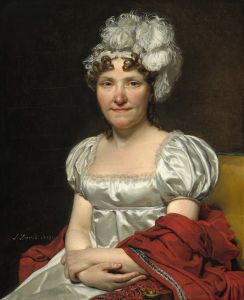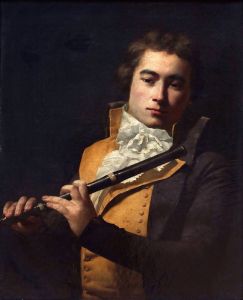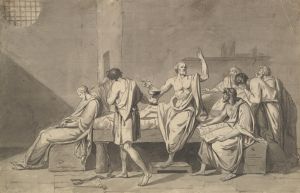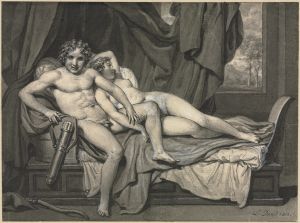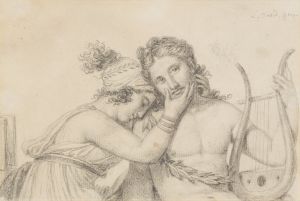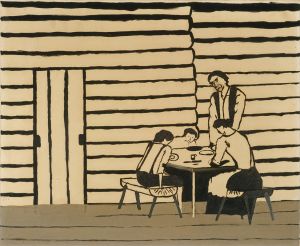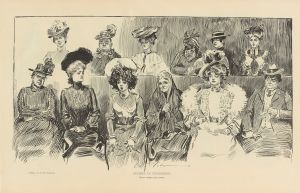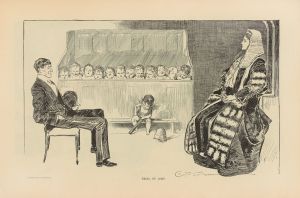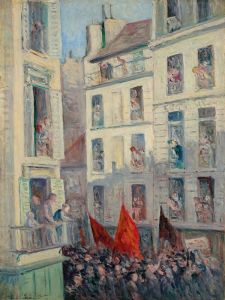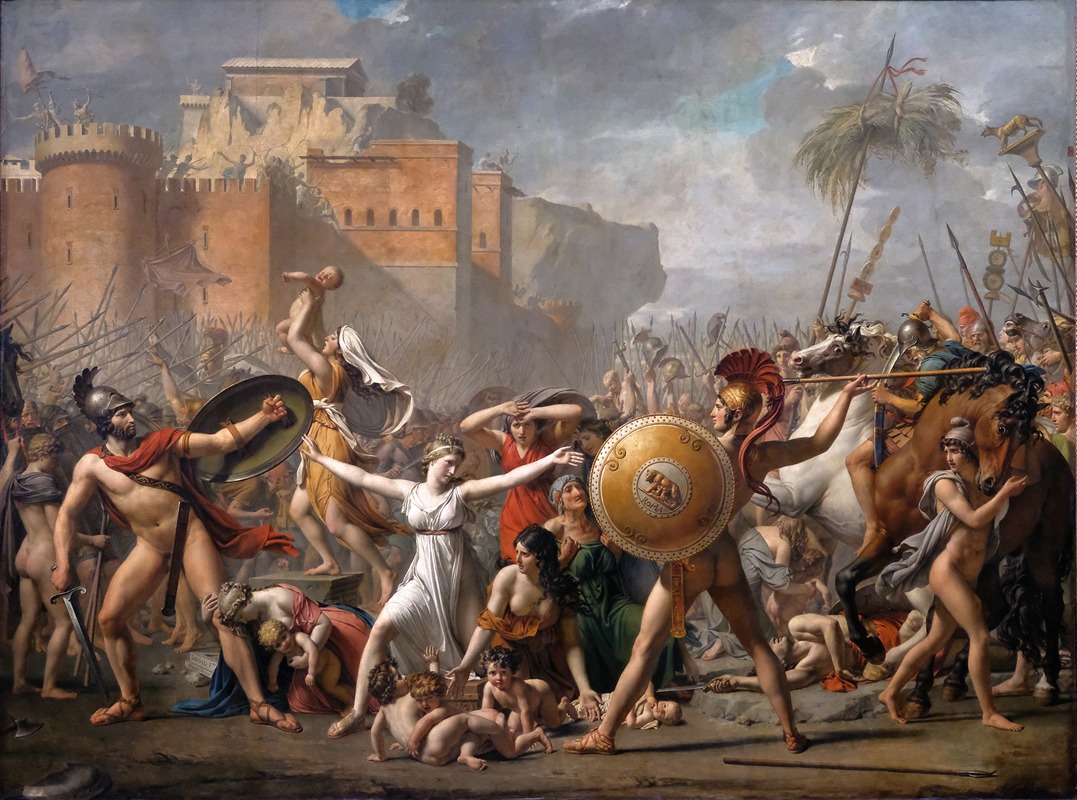
The Intervention Of The Sabine Women
A hand-painted replica of Jacques Louis David’s masterpiece The Intervention Of The Sabine Women, meticulously crafted by professional artists to capture the true essence of the original. Each piece is created with museum-quality canvas and rare mineral pigments, carefully painted by experienced artists with delicate brushstrokes and rich, layered colors to perfectly recreate the texture of the original artwork. Unlike machine-printed reproductions, this hand-painted version brings the painting to life, infused with the artist’s emotions and skill in every stroke. Whether for personal collection or home decoration, it instantly elevates the artistic atmosphere of any space.
The Intervention of the Sabine Women is a monumental oil painting by the French artist Jacques-Louis David, completed in 1799. The work is considered one of David's masterpieces and is a significant example of Neoclassical art. It depicts a legendary episode from early Roman history, known as the "Rape of the Sabine Women," but focuses on the moment of reconciliation rather than the initial conflict.
The painting illustrates the aftermath of the abduction of the Sabine women by the Romans, an event traditionally dated to the 8th century BCE. According to Roman legend, the Romans, under their leader Romulus, kidnapped the women from the neighboring Sabine tribe to secure wives and ensure the growth of their population. The Sabine men later waged war to retrieve their women, leading to a climactic confrontation. In David's interpretation, the Sabine women intervene to stop the battle between their Sabine fathers and brothers and their Roman husbands, symbolizing the power of familial bonds and the possibility of reconciliation.
The central figures in the painting are Hersilia, the wife of Romulus and daughter of the Sabine leader Tatius, who stands between the opposing forces. She is depicted with outstretched arms, pleading for peace. The composition is dynamic, with dramatic gestures and expressions that convey the tension and emotional intensity of the scene. The figures are arranged in a triangular composition, a hallmark of Neoclassical art, emphasizing balance and harmony.
David's decision to focus on the theme of reconciliation rather than violence reflects the political and social climate of the time. The painting was created during the French Revolution and the subsequent rise of Napoleon Bonaparte. Some art historians suggest that the work may have been intended as an allegory for unity and the resolution of conflict in a divided society, though David himself did not explicitly state this.
The painting is notable for its meticulous attention to detail, including the depiction of classical architecture, costumes, and anatomy. David conducted extensive research to ensure historical accuracy in the setting and clothing, drawing inspiration from ancient Roman art and artifacts. The work also demonstrates David's mastery of light and shadow, which enhances the drama and three-dimensionality of the scene.
The Intervention of the Sabine Women was first exhibited in 1799 at the Louvre in Paris, where it was displayed alongside explanatory texts written by David. The painting was well-received and remains one of his most celebrated works. Today, it is housed in the Louvre Museum, where it continues to be admired for its artistic and historical significance.






